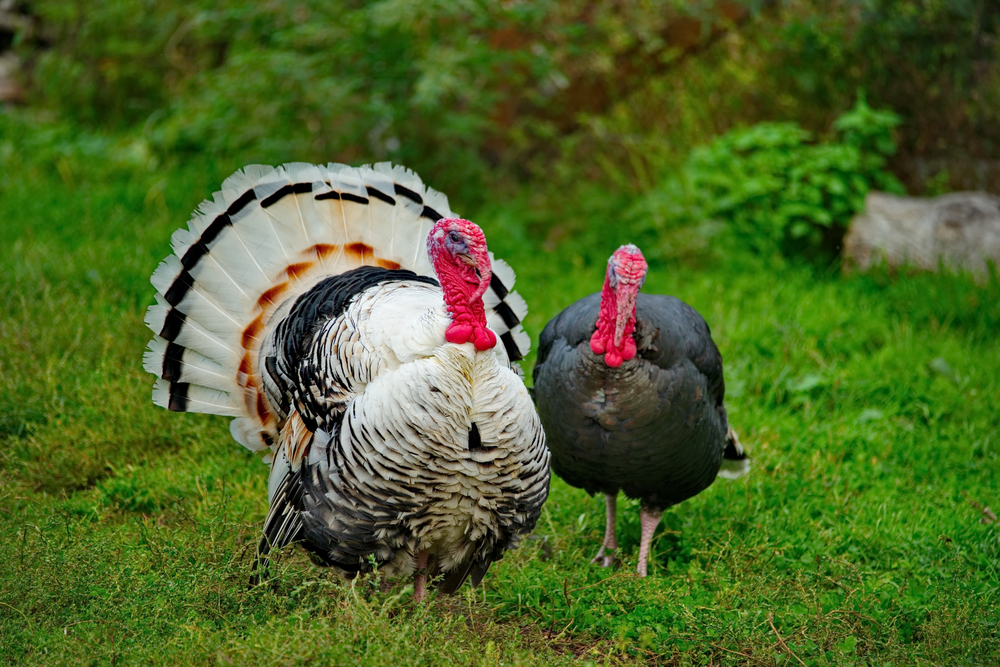
It's Turkey Time!
Posted on November 25, 2020
This time of year, many of us are thinking about turkey as we prepare for our Thanksgiving feasts tomorrow. But there is a lot more going on with these big birds than how good they are with your favorite stuffing recipe. So let’s talk turkey!
Here are some fun facts:
- Around here, we see wild turkeys all the time. But at one time, the turkey population was almost wiped out. In fact, in the early 1900s, their population numbered a mere 30,000 in the entire U.S. due to overhunting and habitat destruction. Beginning in the 1940s, the remaining birds were relocated into recovering woodland areas in hopes that they would repopulate. Though slow, the process was effective. Their U.S. population is now up to about 6 million.
- The dangly, loose skin that hangs from a turkey’s neck is called a wattle, and the one that drapes along its beak is called a snood. These appendages change colors depending on how the bird is feeling (it's a mood snood!). When a male, or tom, is trying to attract a mate, they are bright red. When they are frightened, they take on a bluish tint. If they are ill, they become very pale.
- We’re not sure where the tradition of having turkey on Thanksgiving originated, but it wasn’t at the original feast between the Pilgrims and the Wampanoag tribe at Plymouth Colony. Letters written by Pilgrims who participated in the feast state that the Wampanoags brought venison, while the pilgrims brought ducks and geese.
- Only male turkeys gobble. Females make a clicking sound instead.
- Turkeys have amazing eyesight, which is one of the reasons they are a challenging animal to hunt. Their vision is three times better than 20/20, and their peripheral vision is 270 degrees (ours is 180 degrees, for reference). They can also see in color.
- They are also really fast! A turkey can run up to 25 mph—as fast as a charging elephant.
We hope you enjoy your turkeys (or whatever you prepare for your Thanksgiving dinner) tomorrow!






















